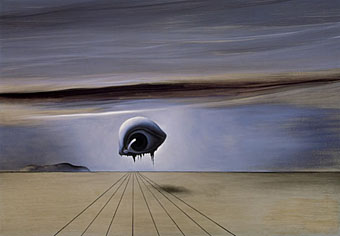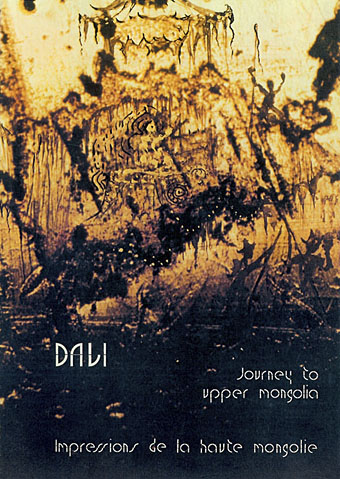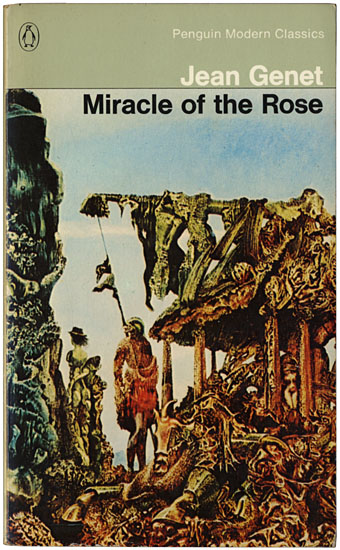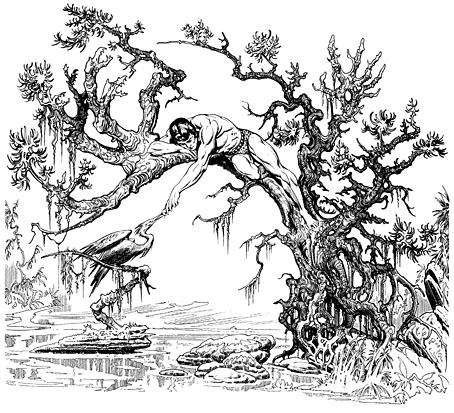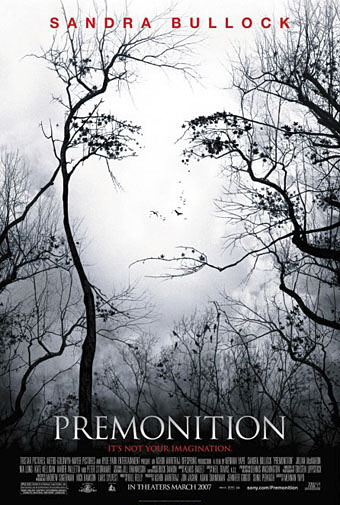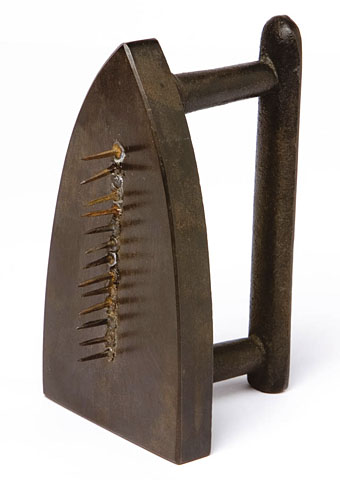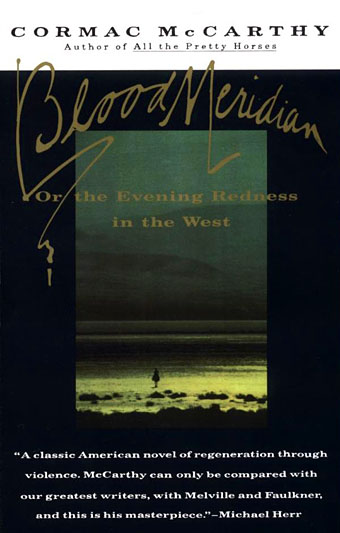Study for the Dream Sequence in Spellbound by Salvador Dalí (1945).
A new exhibition exploring Salvador Dalí’s connections with cinema begins at Tate Modern this weekend. Interesting seeing Dalí’s gradual reappraisal by the art establishment after years of dismissal but then it is nearly twenty years after his death.
One welcome result of this event is an interview in the Tate’s online magazine with film director José Montes Baquer whose Dalí collaboration, Impressions of Upper Mongolia, Hommage to Raymond Roussel, I wrote about last year. This is the only substantial discussion of this curious film I’ve seen anywhere so it’s fascinating to discover that it came about as a result of Dalí urinating on a pen.
He said: “In this clean and aseptic country, I have been observing how the urinals in the luxury restrooms of this hotel have acquired an entire range of rust colours through the interaction of the uric acid on the precious metals that are astounding. For this reason, I have been regularly urinating on the brass band of this pen over the past weeks to obtain the magnificent structures that you will find with your cameras and lenses. By simply looking at the band with my own eyes, I can see Dalí on the moon, or Dalí sipping coffee on the Champs Élysées. Take this magical object, work with it, and when you have an interesting result, come see me. If the result is good, we will make a film together.”
The interview also includes a few more tantalising glimpses of the film’s images and in the same magazine there’s a piece by Roy Disney remembering Dalí’s encounter with his uncle, Walt.
Previously on { feuilleton }
• Ballard on Dalí
• Fantastic art from Pan Books
• Penguin Surrealism
• The Surrealist Revolution
• The persistence of DNA
• Salvador Dalí’s apocalyptic happening
• The music of Igor Wakhévitch
• Dalí Atomicus
• Las Pozas and Edward James
• Impressions de la Haute Mongolie

